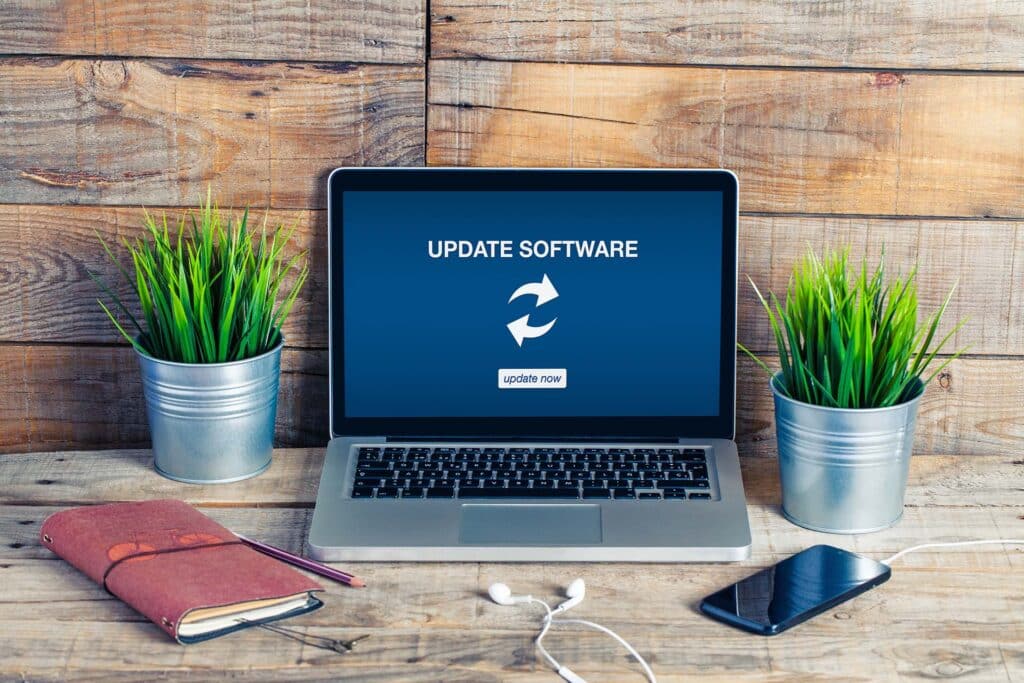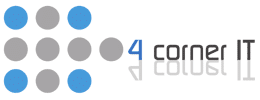Is ChromeOS Flex Right for Your Business?

With a long-running business, your technology may not be up to date with the latest software or systems. Perhaps you have desktops collecting dust in a storage room or laptops that no longer run as fast as they used to. You might be thinking that these outdated devices are just taking up space but they […]
Tip of the Week: Maintaining Software that Fits Your Business

Businesses use different types of software to fulfill various tasks and functions throughout the workday. However, there are practices you can implement today that can help you with maintaining software solutions. Here are three ways your organization can take better care of its software infrastructure, regardless of industry or business size. Be Wary of Shadow […]
Let’s Look at Some of the Best Business Software Solutions

All businesses utilize software to a certain extent, but not all companies have the same needs. That being said, there are certain types of software that all businesses can benefit from, regardless of industry or service offerings. We’ve put together a list of business software solutions that companies can utilize to improve operations. Productivity Suites […]
Protect Your Business by Updating Your Software

Software is a critical part of your business. Without it, you would have to do everything manually. In fact, most businesses couldn’t do what they do without their software. That’s why it is so surprising that many businesses don’t actively patch their software. Let’s take a look at our patch management service and why it’s […]
Tip of the Week: Selecting the Right Productivity Suite

The productivity suites now available to businesses have come a long way in a relatively very short time. However, when selecting one, it is still crucial to compare your options based on a few key variables. Let’s go over these variables to make sure that the software suite you’re using is the right one for […]

